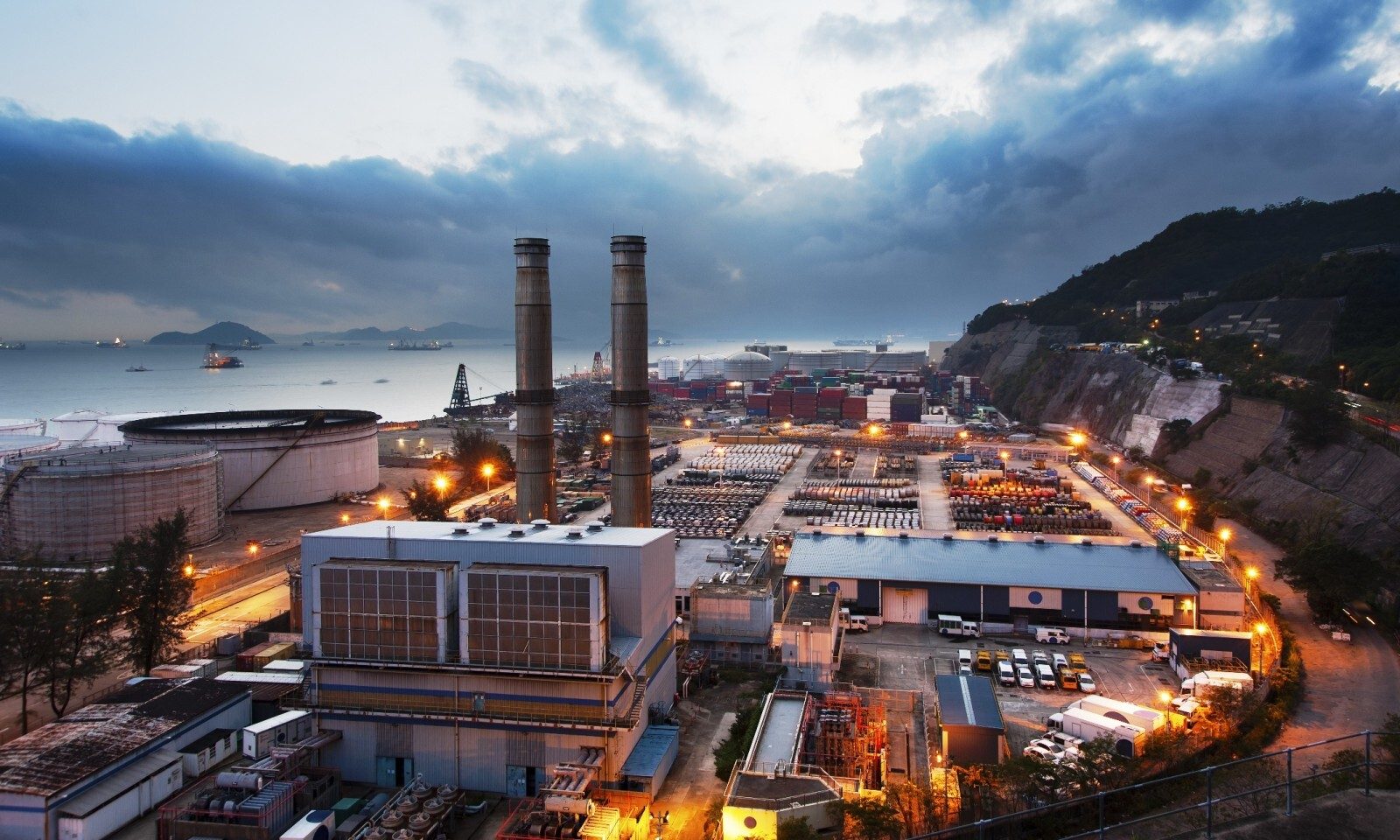
Eurozone sees industrial production fall for the month, despite a 0.8% boost for the past year.
Eurozone industrial production dropped by 0.8% from January to February this year, according to EU statistical centre Eurostat. The figure reflects deepening woes for the Eurozone, which saw a 1.9% boost in industrial production in January.
Today’s Eurozone data was driven chiefly by a fall in production in non-durable customer goods sector (-1.8%), energy (-1.2%), durable consumer goods (-0.4%) and capital goods (-0.3%).
Of the member states, Ireland saw the largest drop in industrial production (-10.5%), while Greece saw a 4.4% fall. Meanwhile, Lithuania, Slovakia and Malta saw the largest increases, of 2.5%, 2.4% and 1.8% respectively.
However, the Eurozone saw a 0.8% boost in yearly industrial production, in the year to February 2016. This was propelled by boosts in production of capital foods (by 3.0%), intermediate goods (1.9%), durable consumer goods (0.8%) and non-durable goods (0.7%). Energy production had fallen even more in the Eurozone in the period, by 5.2%.
The rise in industrial production in the year to February 2016 saw the biggest increases in Slovakia (7.4%), Slovenia (6.5%) and Lithuania (6.3%), and the largest drops in Malta (-4.6%), Greece (-3.0%) and the Netherlands (-2.8%).
The fall in monthly Eurozone industrial production was larger than expected, prompting the euro (EUR) to weaken against the US dollar (USD).
“Although the rise in Eurozone industrial production from February last year to February this year is encouraging, today’s poor show of monthly data will be a cause for concern for the European Central Bank,” suggests Carl Hasty, Director of international payments company Smart Currency Business.
The central bank last raised lowered interest rates and expanded its monthly purchase programme in March.

 020 7898 0500
020 7898 0500